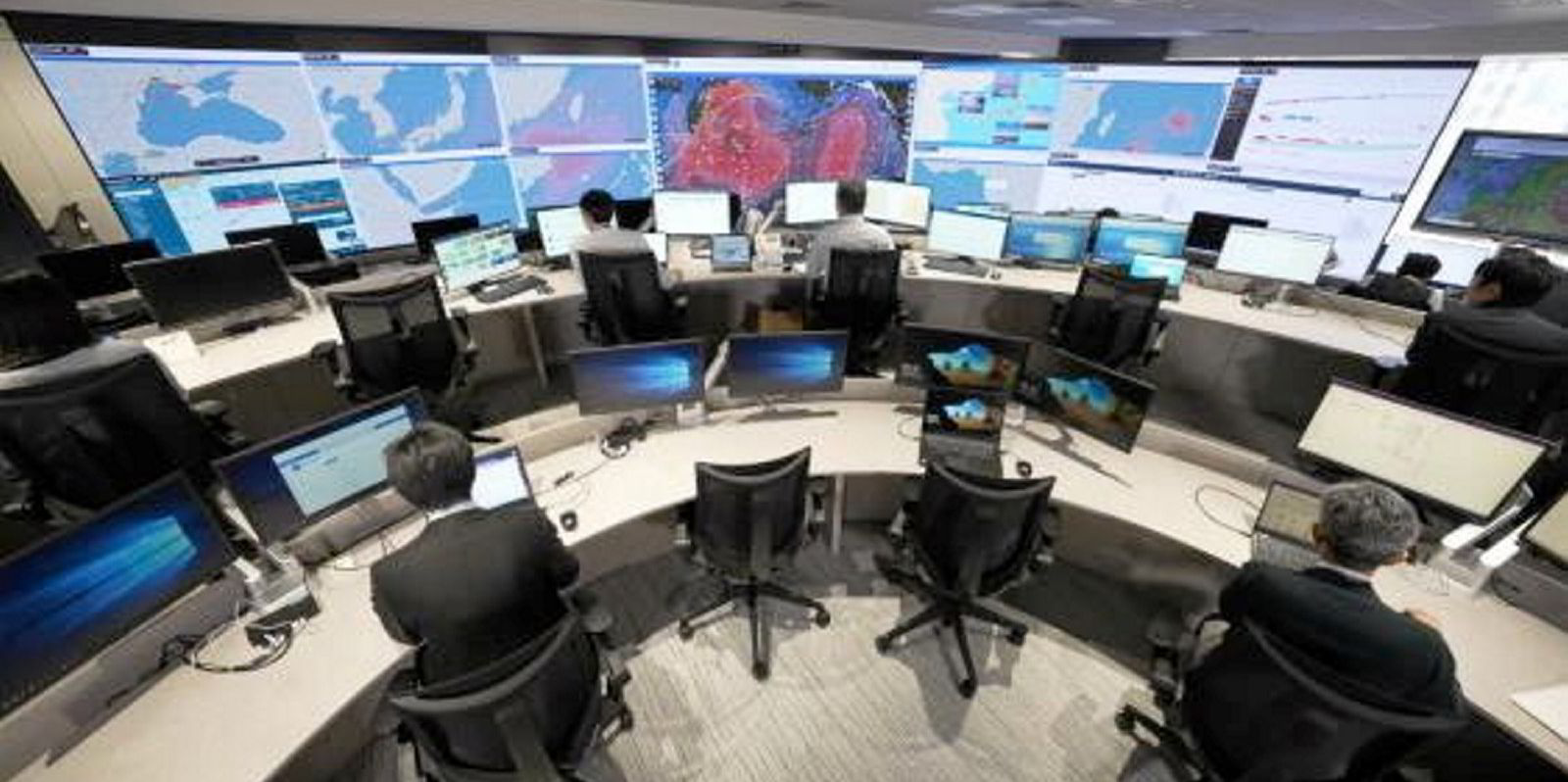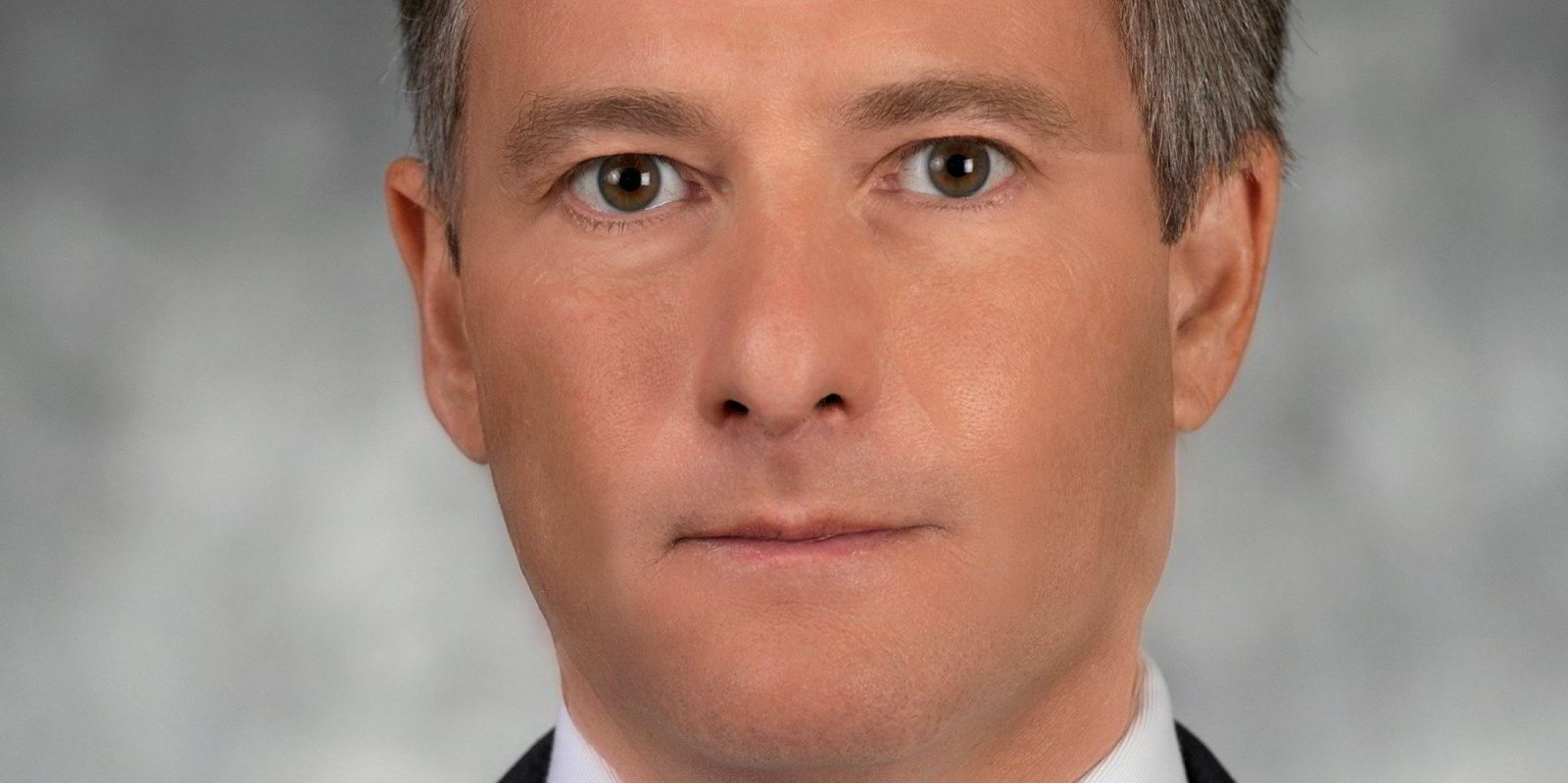A massive sea change is about to surge through Japan’s largest shipowner, Mitsui OSK Lines.
From 1 April, executives in MOL’s five main global business regions will have the authority to make many of their own decisions, without reference to Tokyo, and where they do need board approval, regional heads will be able to make their own cases for investment.
It is a complete refocusing of the company’s previously Japan-centred way of working, arguably the biggest change to the company in its almost 140-year history but one which its president and chief executive Takeshi Hashimoto believes could pay off.
The CEO candidly acknowledges that it is a big move.
“If it works it will be rewarded quite fantastically but at the same time I’m a bit nervous about the end result because if it does not work it will create complete disorder,” he told TradeWinds.
MOL splits its business coverage into five regional groups — East Asia, which is largely China-centred; South East Asia; South Asia, with a focus on India; and the Middle East, Europe, Africa and the Americas.
“In the past, our idea was that almost everything was controlled by headquarters in Tokyo. But people in Tokyo cannot follow what is going on between India and East Africa,” Hashimoto said.
He dubs this MOL’s “globalisation phase one”, in which the company would send Japanese ex-pats to staff regional business units who then reported all to Tokyo HQ where the decision-making was done.
He is now accelerating through phase two — the CEO vowed to grow the company outside Japan when he took on the top job almost two years ago — with this third and most dramatic phase to kick in next month.
“I want to beef up a much more powerful management team in each regional organisation so they can overlook all business activities in the area,” he added, “and because of the nature of oceangoing shipping we also want to have a cross-functional dialogue between other areas.”
- Head office: Tokyo
- Chairman: Junichiro Ikeda
- President and chief executive: Takeshi Hashimoto
- Number of MOL-only employees: 1,099 comprising 664 land-based staff and 435 at sea
- Number of employees group-wide: 8,547
- Number of group companies: 500
- Number of vessels: 698 comprising a total of 50.8m dwt
*all figures as of 31 March 2022
Hashimoto said MOL needs to make decisions based on its own intelligence, observation and market analysis in each area by people who know the local market very well or have specialist skills.
Fundamental shift
Customers must not come second to those in Japan, he said. “They must be the centre of the business and we appreciate that change in the global business climate.”
The boss also believes that will be better served by key regional personnel who can establish long-standing relationships with them over many years and be dedicated to business development in the area rather than Japanese staff that return to working in Tokyo every three to five years.
Under the incoming reorganisation, one of the key changes will be in the decision-making power of the regional heads.
Whereas previously a Tokyo-based executive officer for a business would need to make the case to the board, now a regional chief — who can be a non-Japanese appointee, Hashimoto pointed out — can explain the project. While this may be common practice in many global businesses, it marks a fundamental shift for the Japanese giant.
The removal of months spent explaining investment cases down a chain of command should make decision-making “smoother and quicker”, Hashimoto said.
Asia will remain a big focus for MOL — with three of its regional divisions focused there.
Previous business expansion there was mainly promoted by Japanese companies like those in the automobile and machinery industries. In contrast, today MOL is establishing new business relationships with conglomerates such as India’s Reliance Industries and government-owned companies in China, which are growing at faster speeds than their Japanese counterparts.
The CEO said these present more project-wise opportunities. “They want us to behave like solution providers,” he said.
Regional power
Hashimoto also sees the need to track regional changes and give local staff the authority to develop their own business.
He gave the example of the “dramatic increase” in the export of electric vehicles from China.
“It is quite a fundamental change in the market which we have to follow. I recognise that we should power up those regional organisations, especially in those quickly growing economies.”

Hashimoto said environmental issues are another “big concern” for him and an important agenda for MOL to consider for its regional organisations.
“On the one side, we will create new business opportunities for us to carry the new products like ammonia and on the other side, we must think about how to reduce our own emissions and achieve that net-zero goal, which we already committed to for 2050,” he said.
“My observation is that the business opportunities exist in Europe and North America,” Hashimoto said, with the quickest change happening in these markets.
Rebalancing resources
The CEO said MOL needs to establish different types of teams in these markets to develop these opportunities and he plans to allocate capital and human resources to these regions for this business.
MOL’s traditional oceangoing business will be mainly driven by the Asian market, he said. But he does not want to miss out on the trend towards energy transformation, especially in the ammonia and hydrogen sectors.
There are other elements to MOL’s great transformation.
Hashimoto said he is trying to establish a “completely new working style”, shifting the company away from a traditional pyramid-style structure to a more collaborative model where MOL’s corporate organisation, business units and regional organisations revolve together around the CEO’s team.
“We should have a much more flexible and resilient organisation so that people will work together,” he said.
The chief acknowledges that there are some challenges.
Hashimoto highlighted today’s tougher requirements for board members on governance, compliance and risk management, and there will be a need to explain projects thoroughly to analyse project, country and market risks.
But he said existing board members are “quite supportive” of his reorganisation plan.
So what will the wider shipping world see of MOL’s transformation?
Hashimoto said MOL is now in the process of rebalancing its business portfolio, some 80% of which is traditional shipping.
Budding ‘conglomerate’
While this will remain an important part of MOL’s make-up, he wants to increase the percentage of non-traditional shipping — both through organic growth and new investments — to iron out volatile business elements and achieve a more stable cash flow.
He is looking at the offshore sector, new technology — particularly for alternative fuels like ammonia — real estate, warehousing, logistics and also business-to-consumer sectors like the cruise and ferry.
“We really want to transform MOL from a traditional shipping company to a much wider ranged business conglomerate,” he said.








